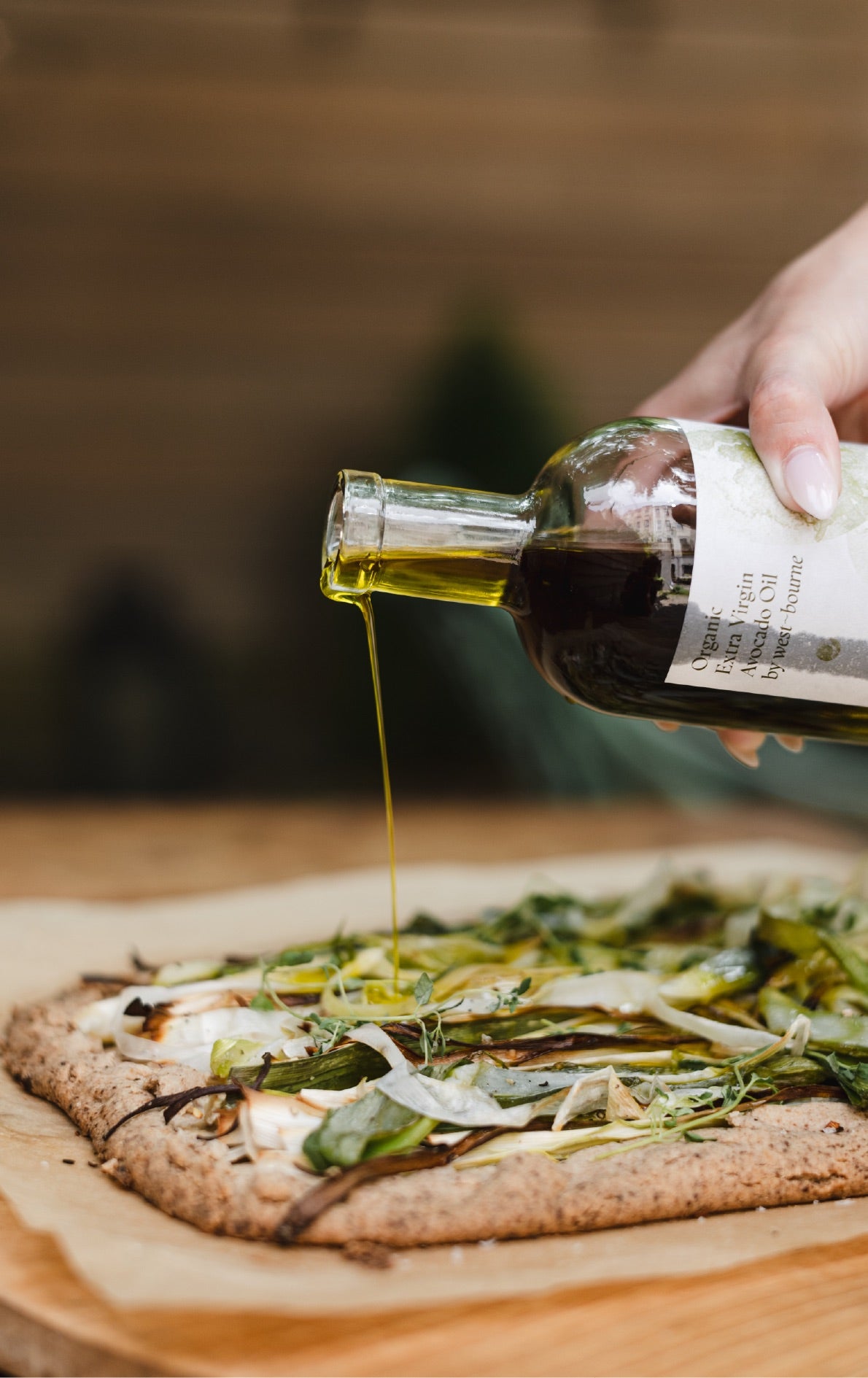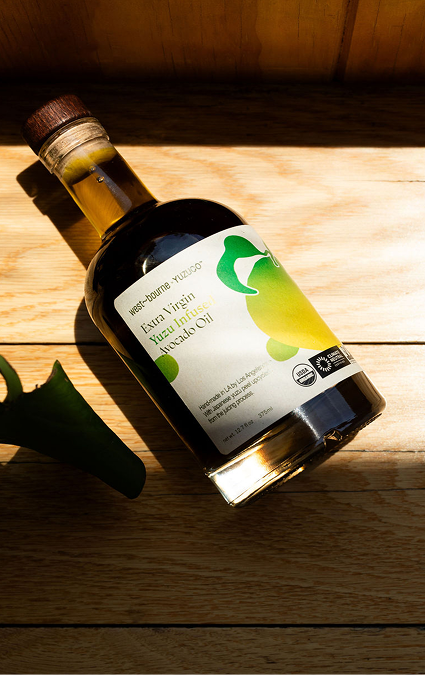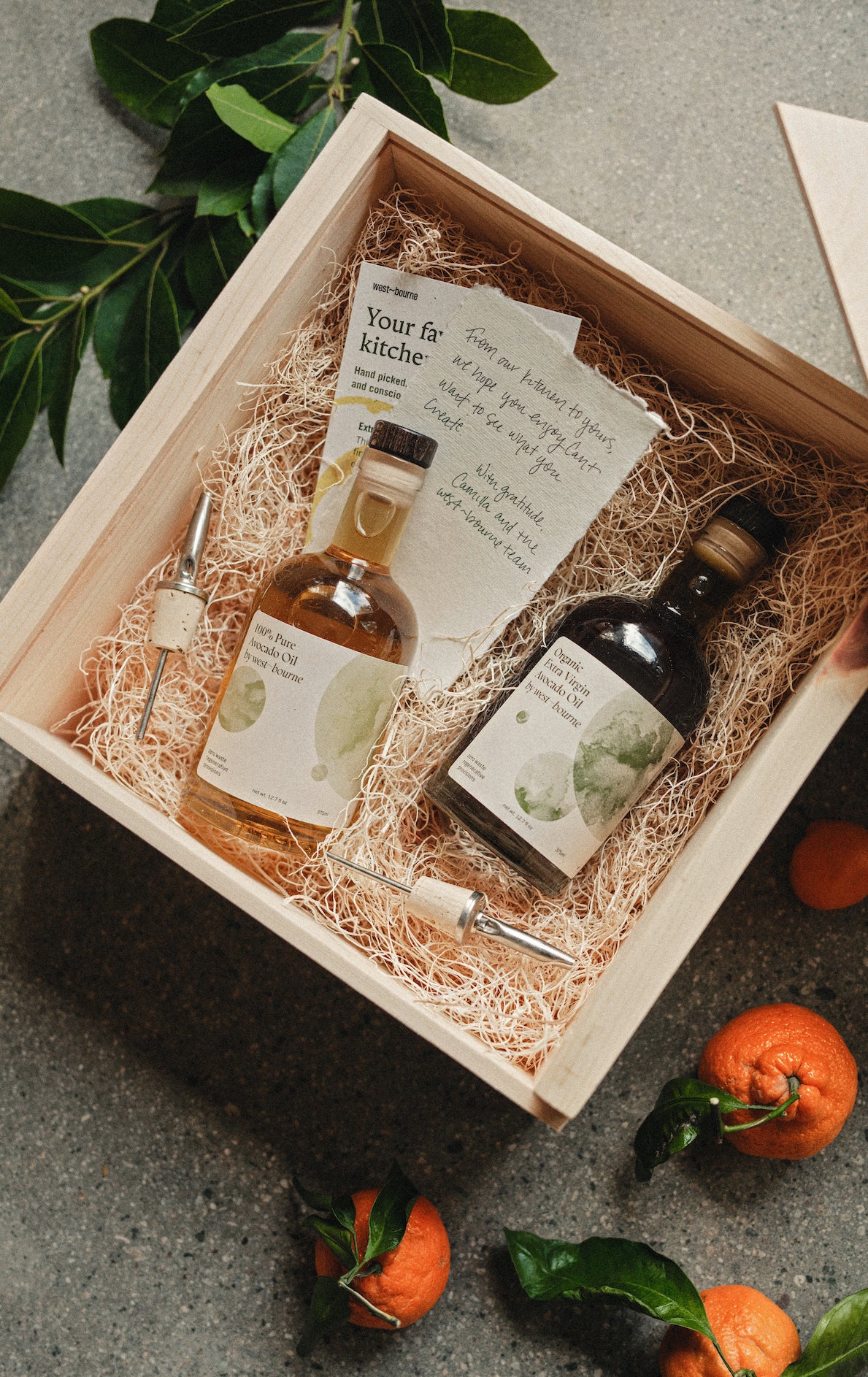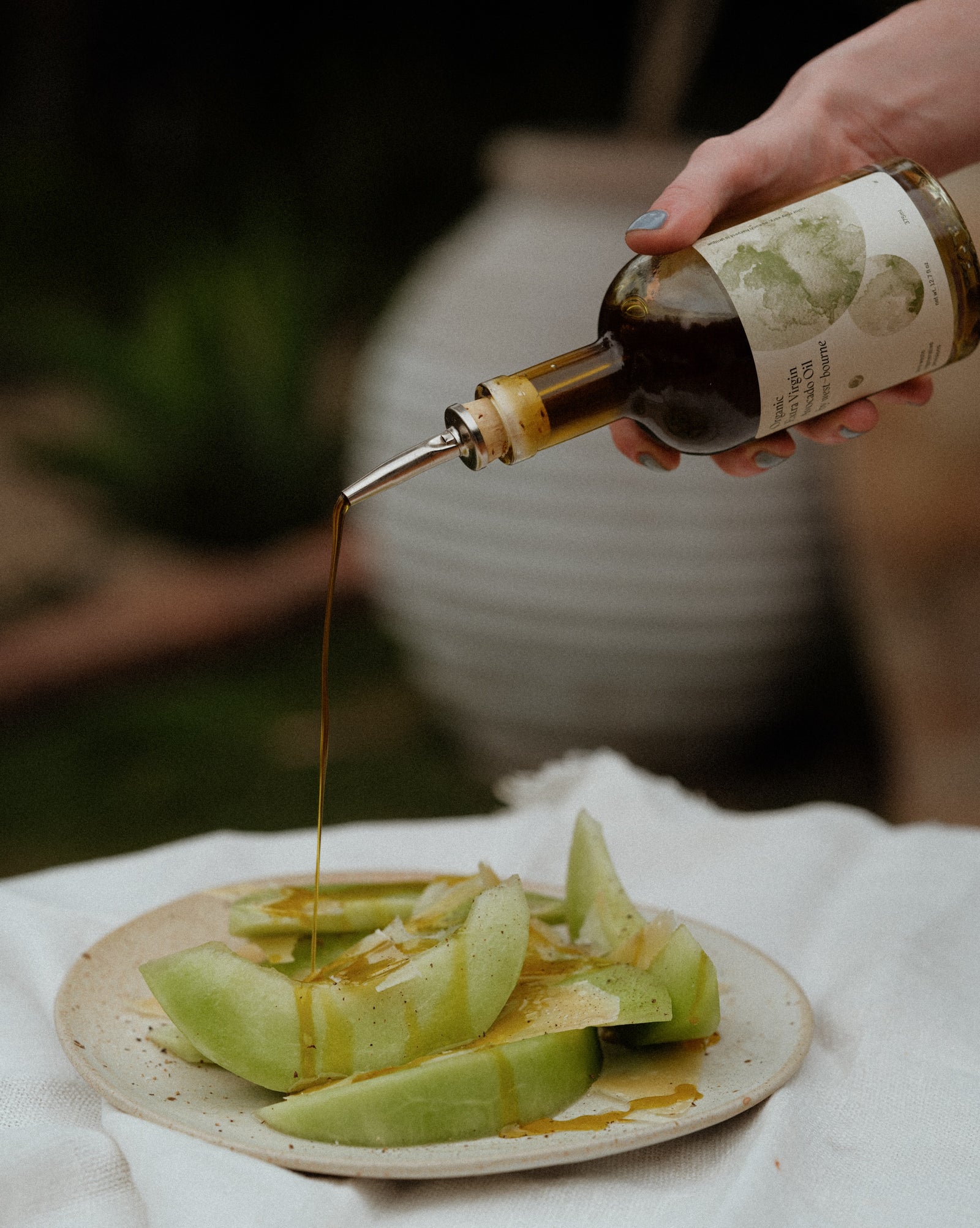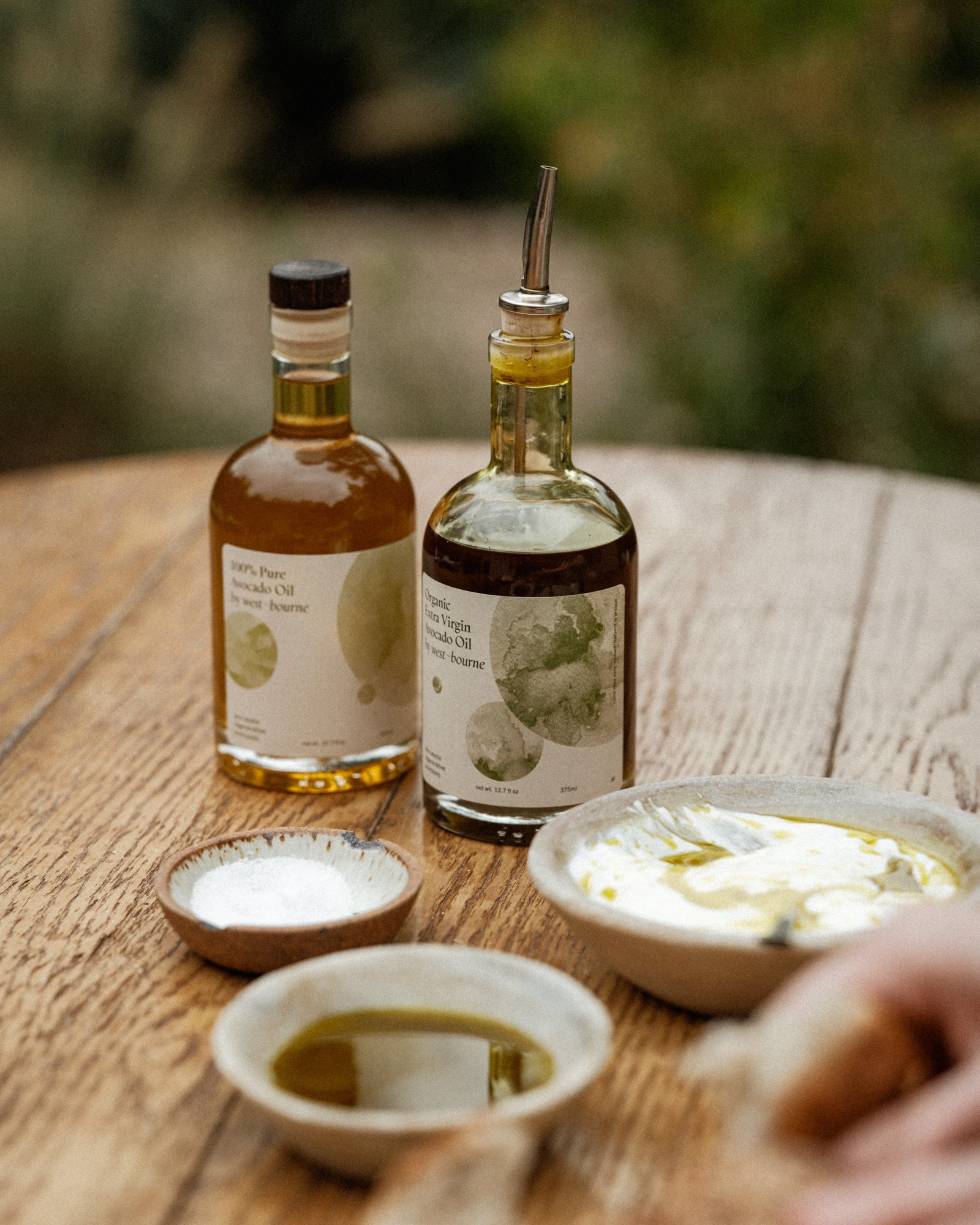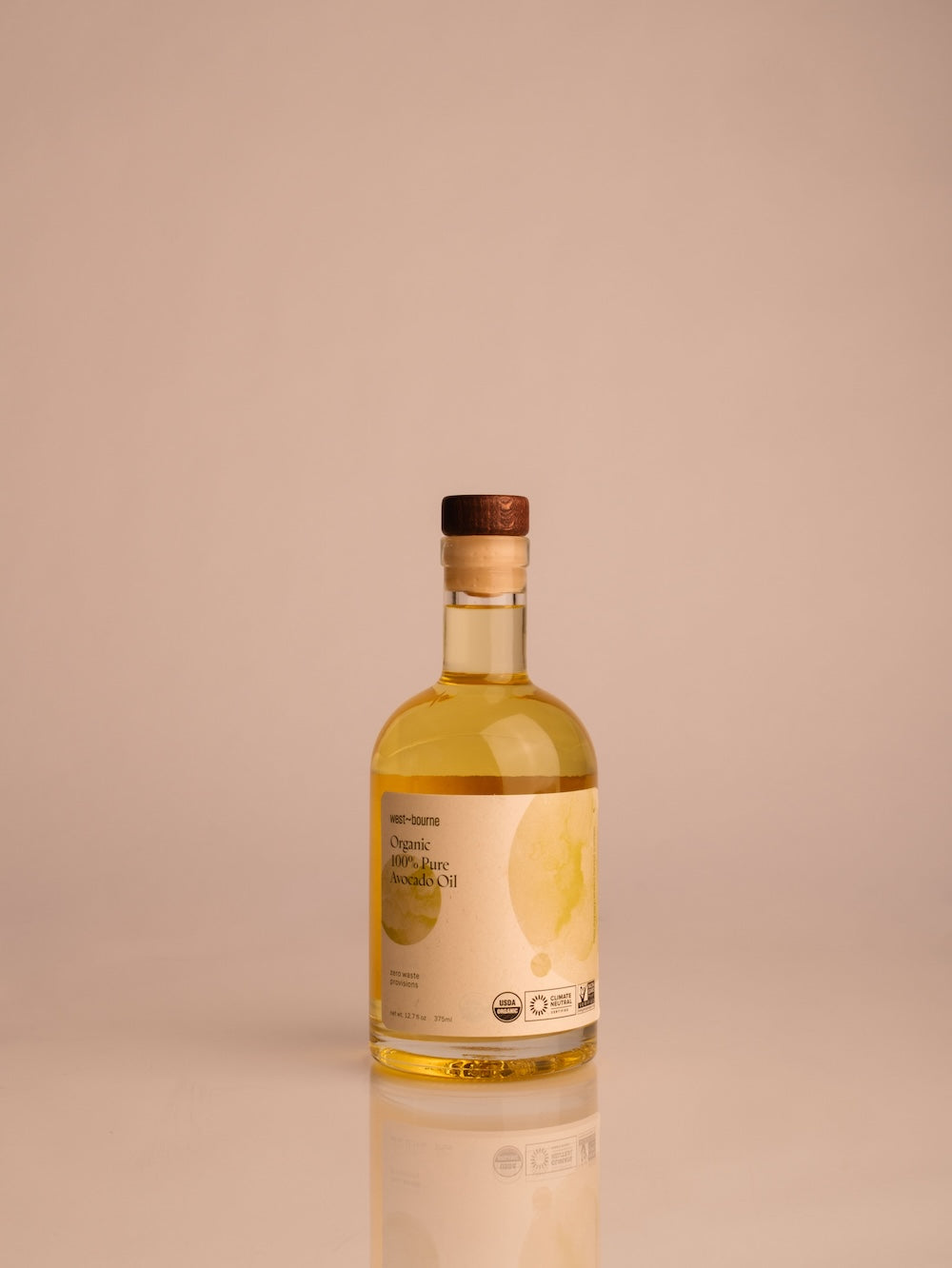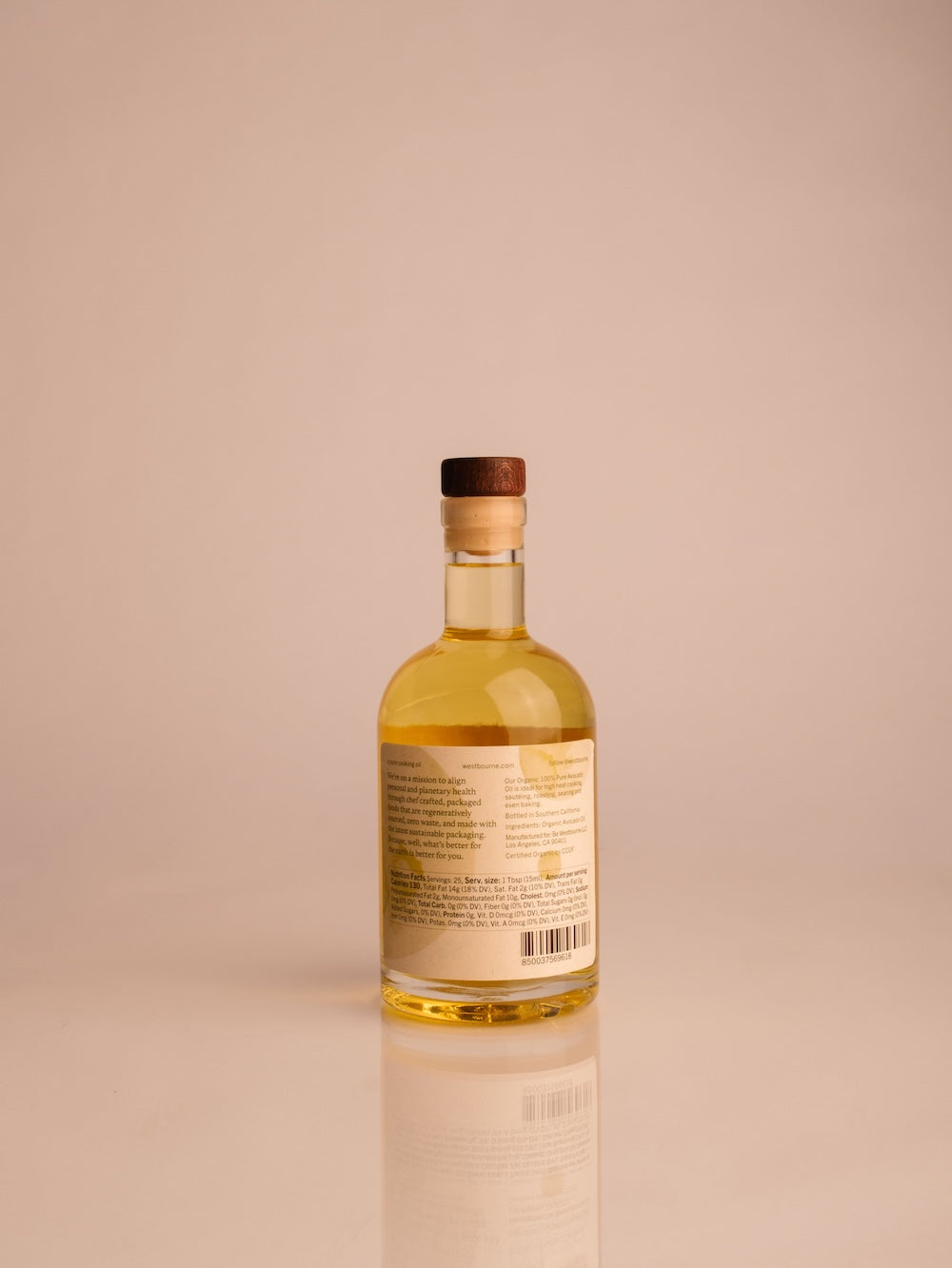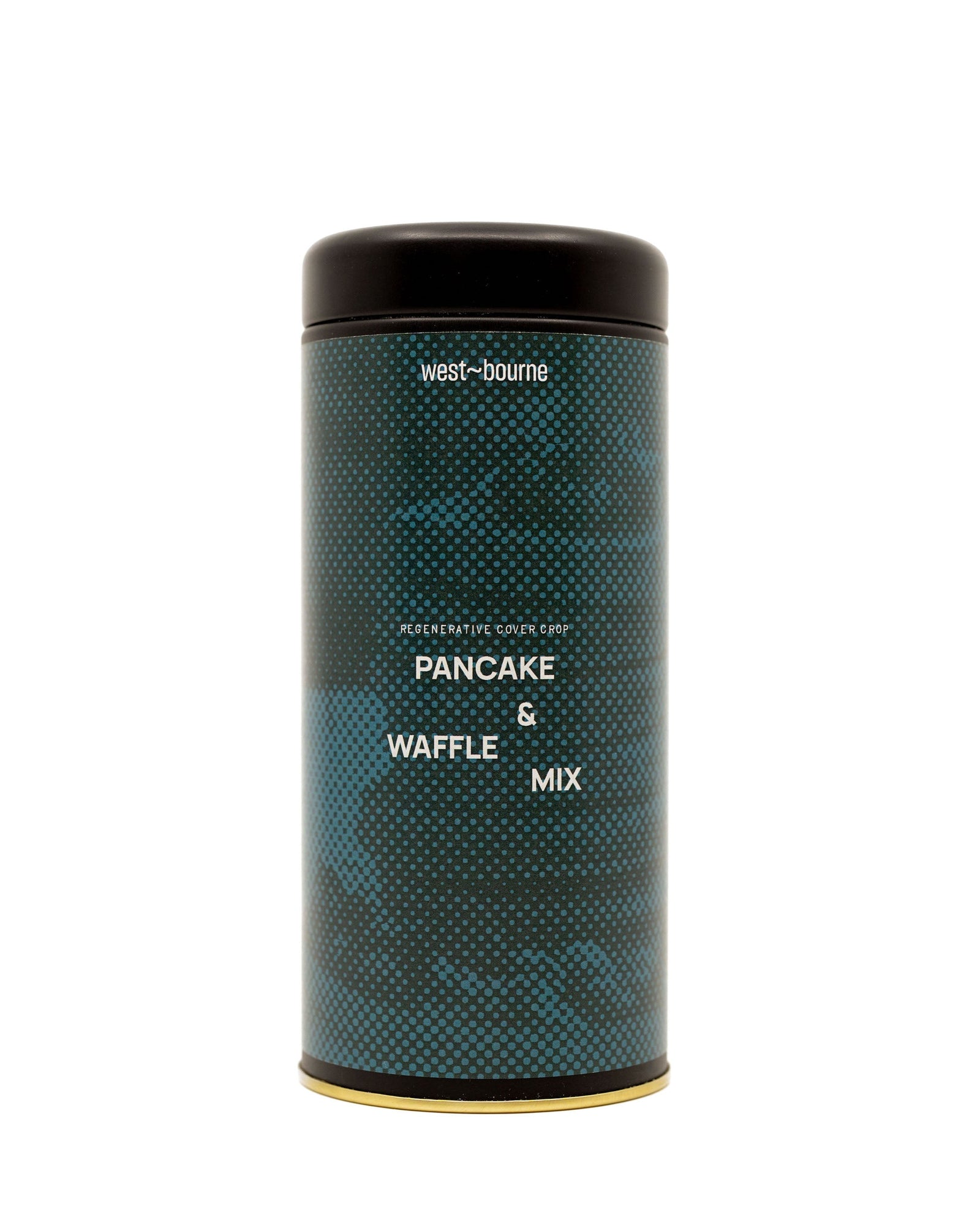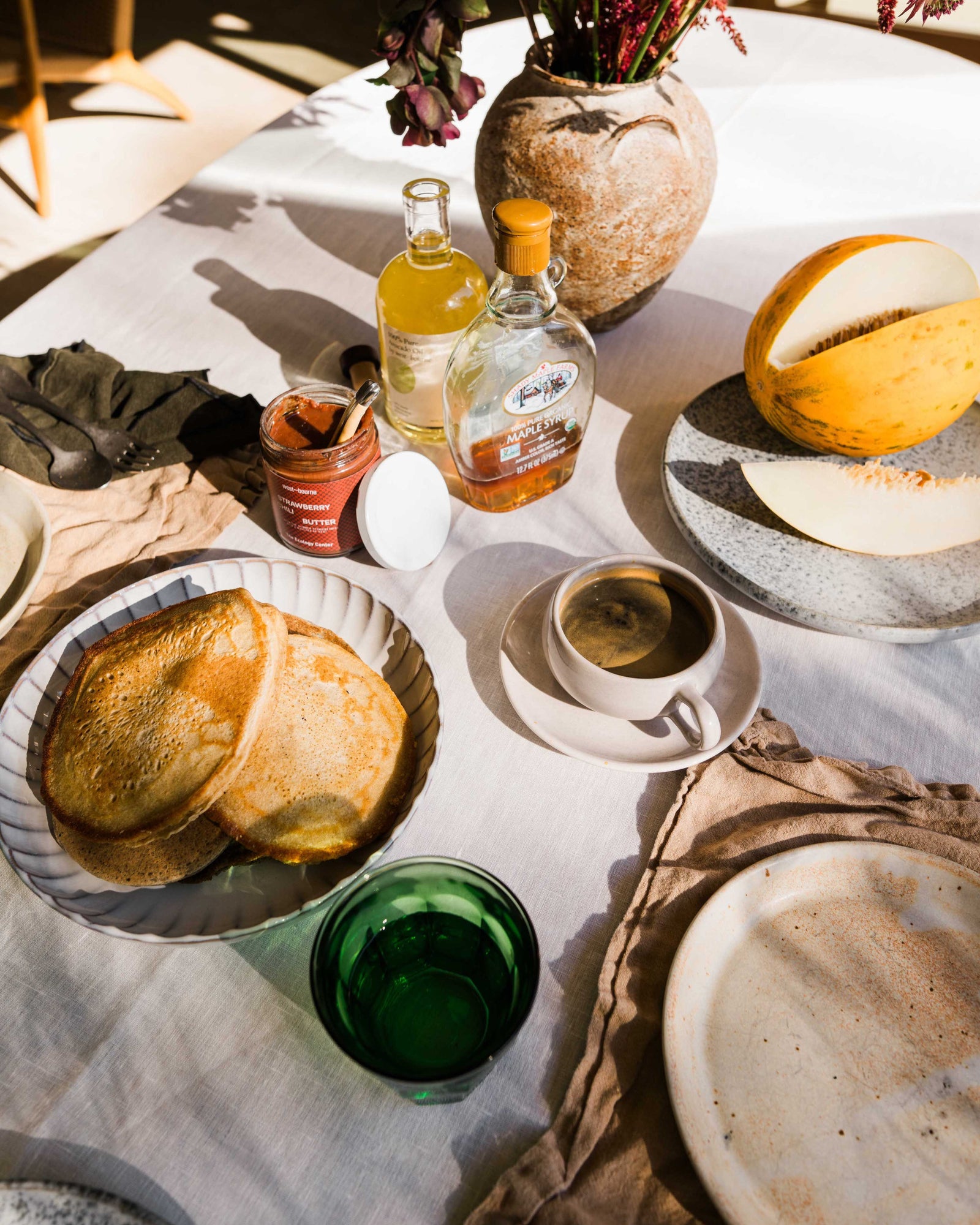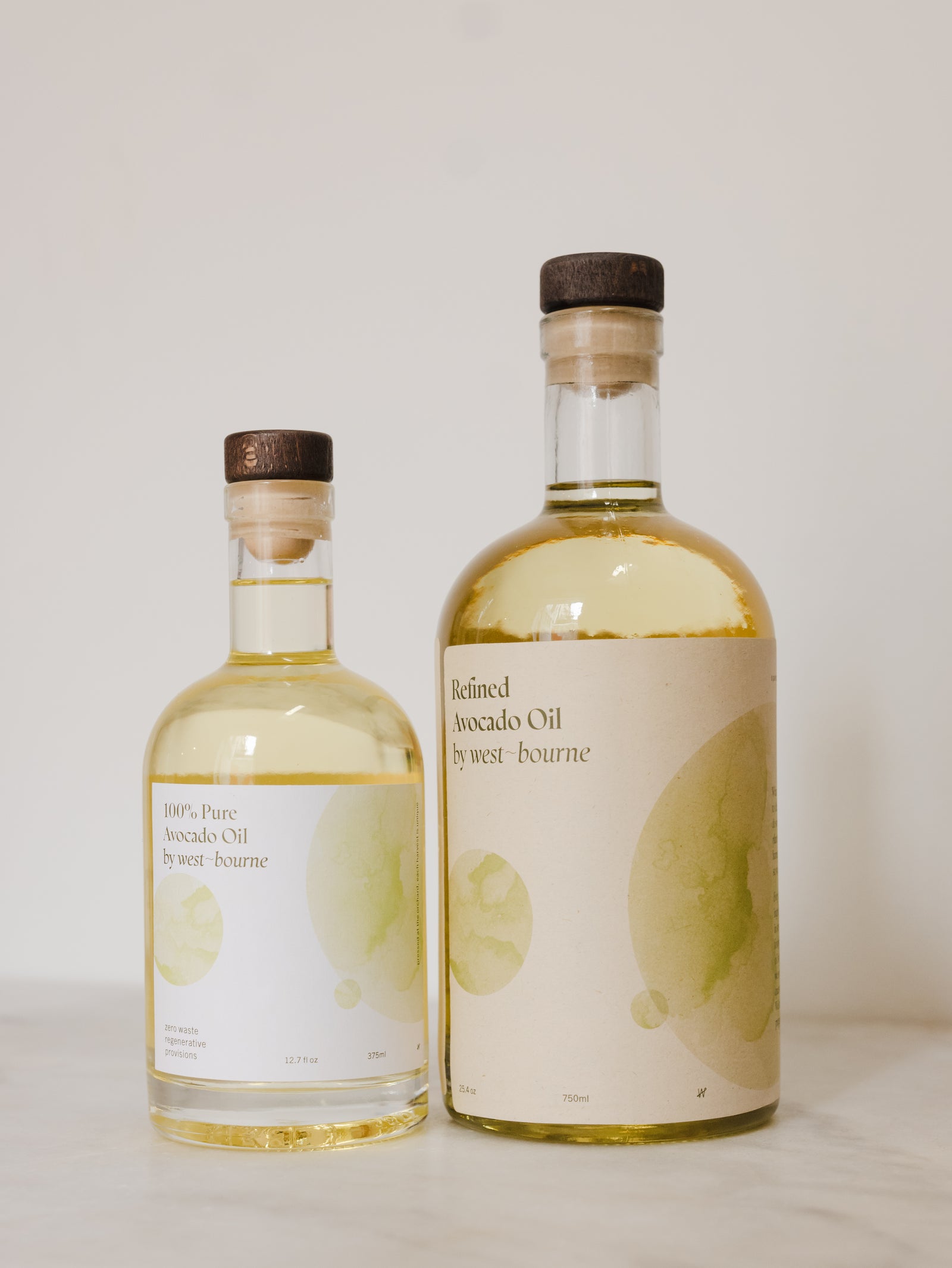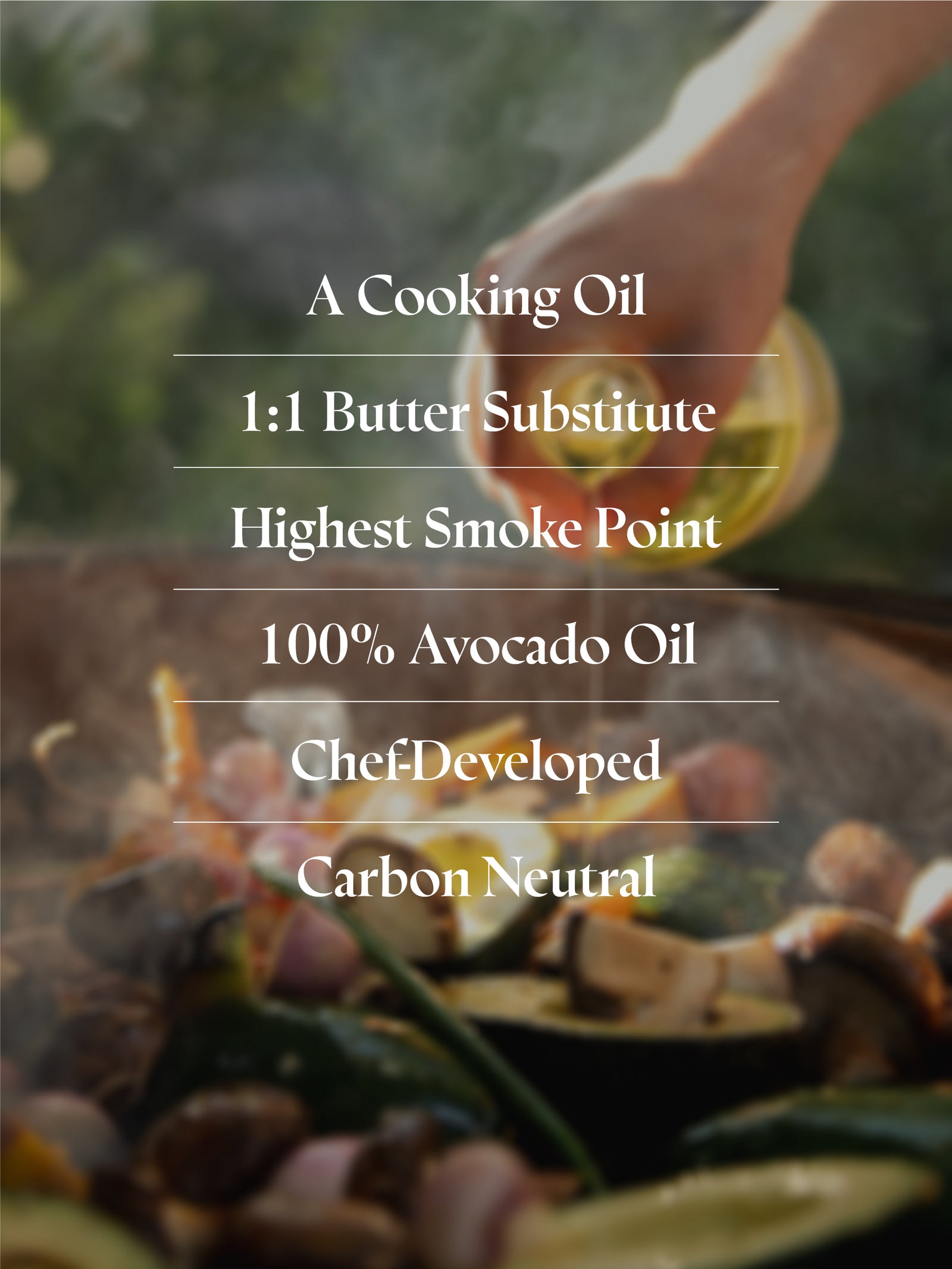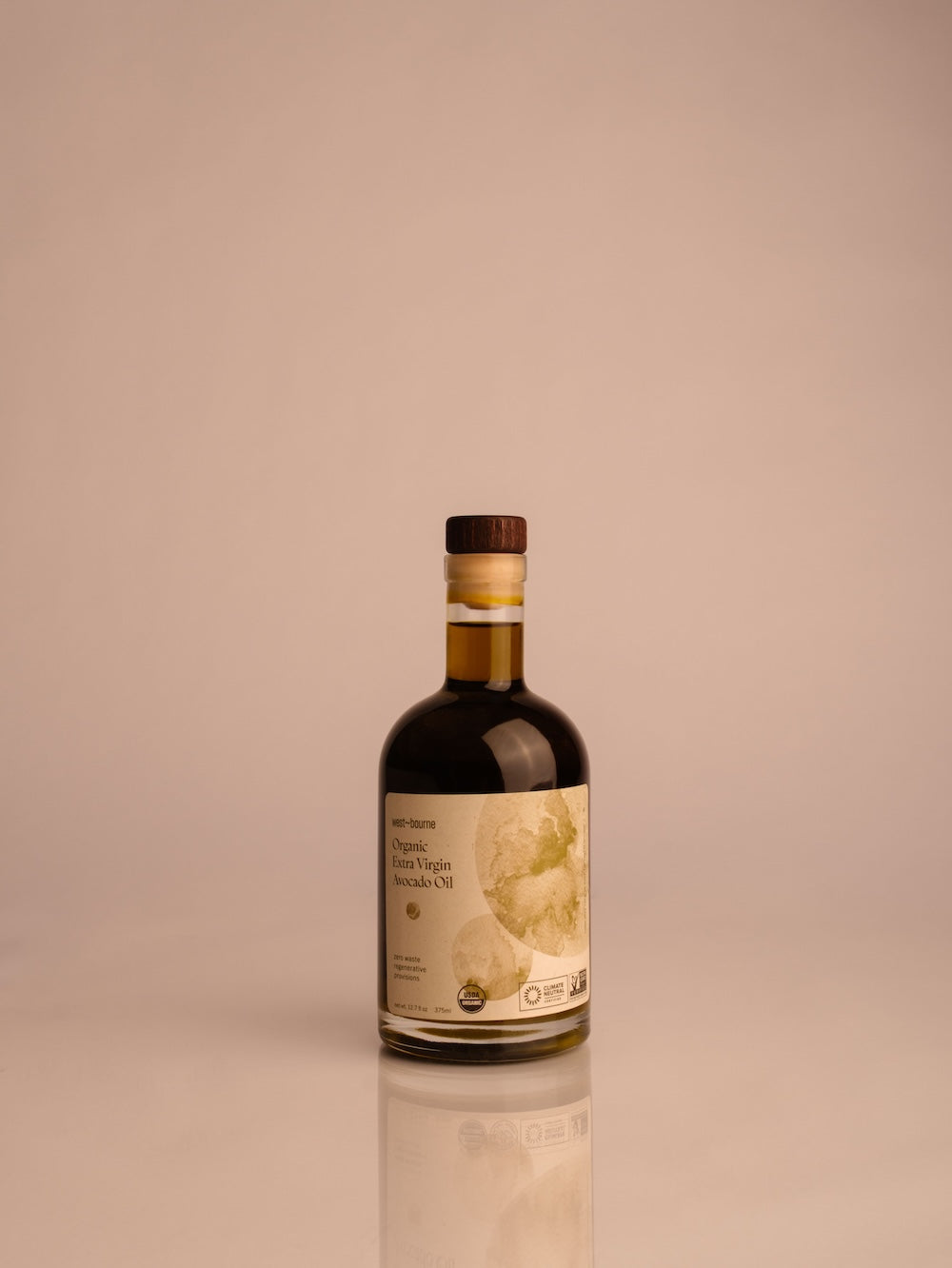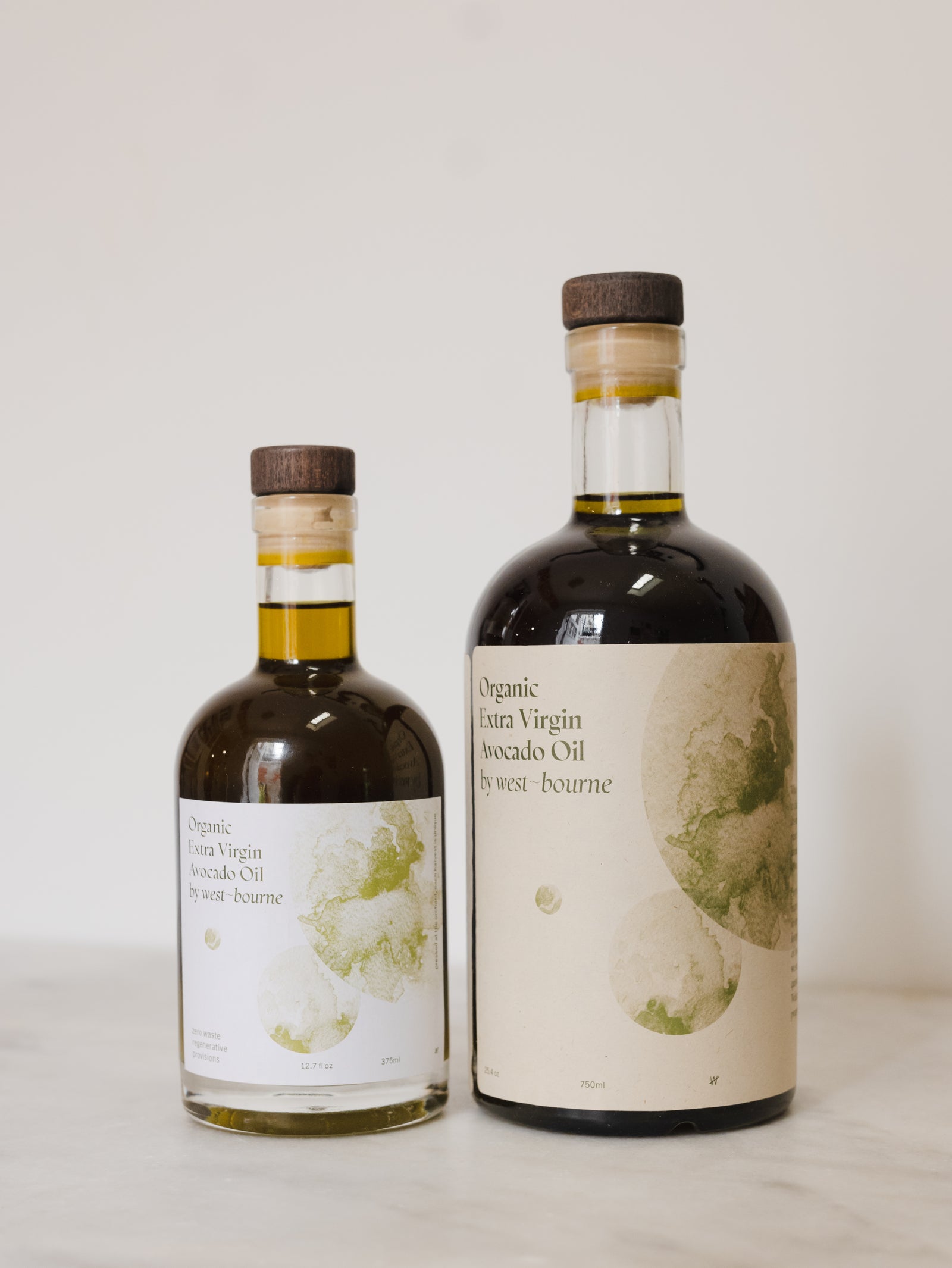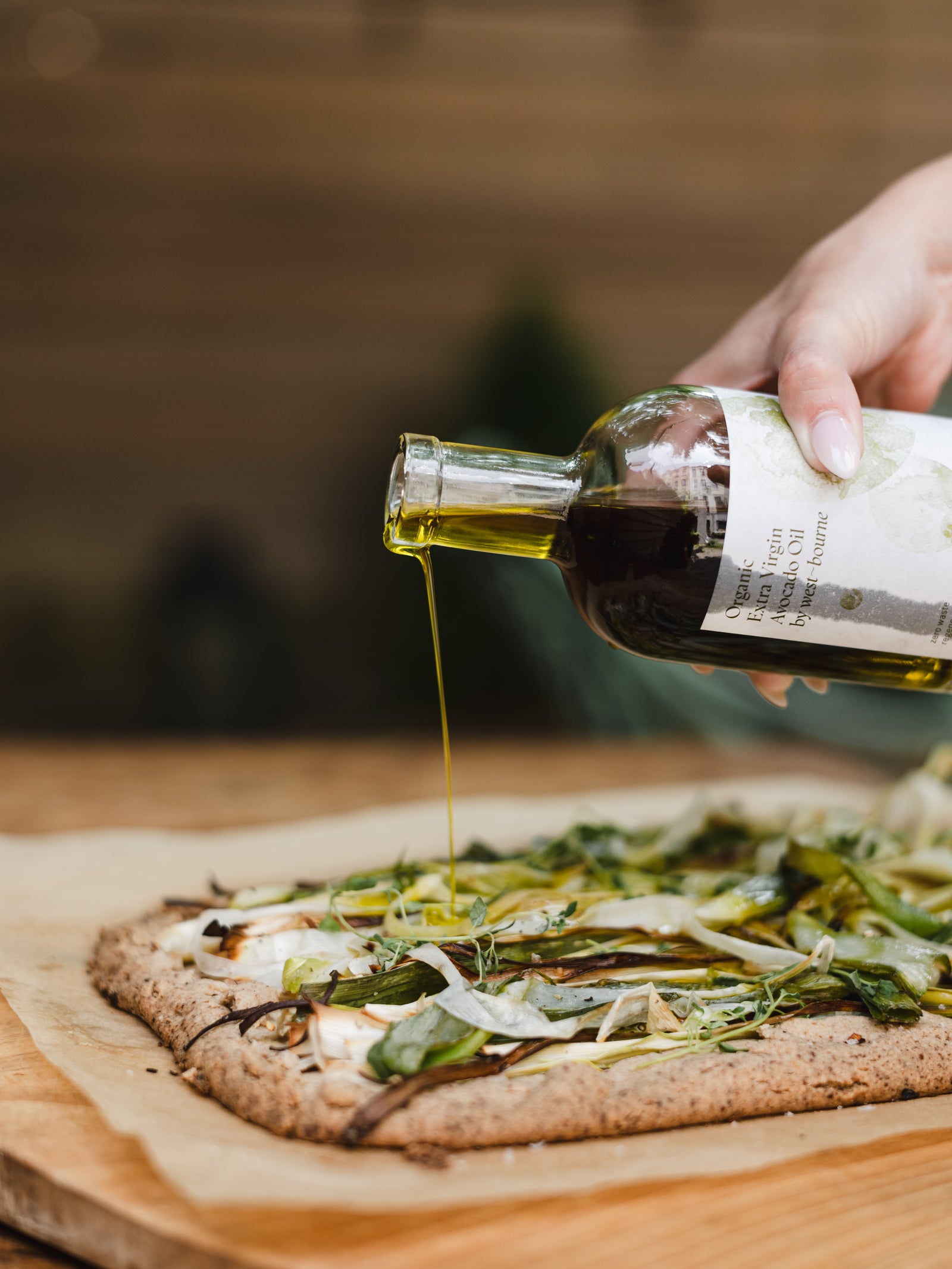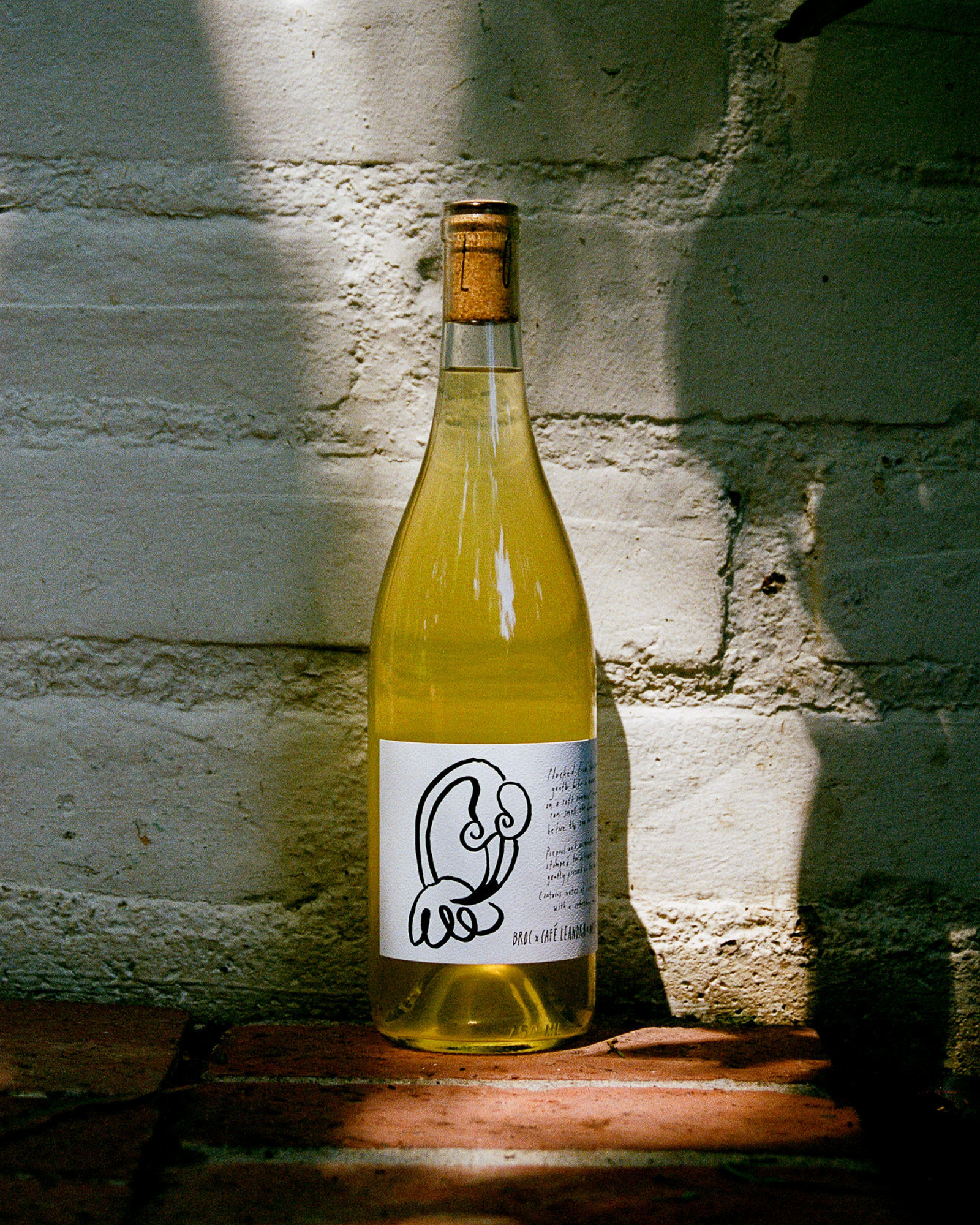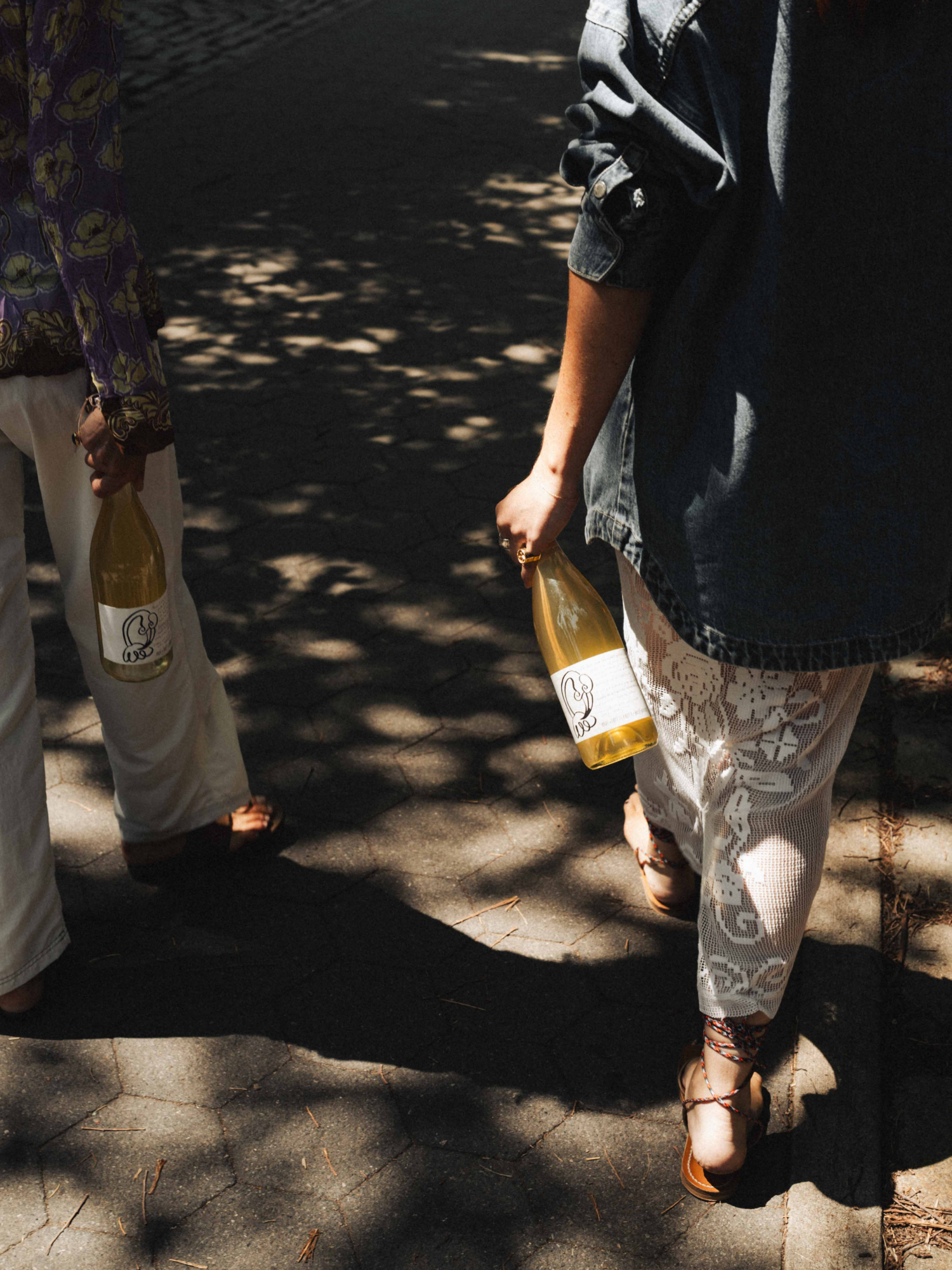May Flowers
Natures Pollinators & Pest Control

In the world of gardening, May ushers in a riot of color and fragrance as flowers burst into bloom. But beyond their aesthetic appeal, these blossoms play crucial roles in supporting ecosystems, particularly in regenerative gardens. Among their many functions, certain wildflowers stand out as unsung heroes, serving as both pollinators and pest controllers, fostering a harmonious balance within the garden ecosystem.
The Power of Pollination
Pollination is a fundamental process for the reproduction of flowering plants, and it’s primarily facilitated by bees, butterflies, birds, and other pollinators. Without these tiny workers, many of the fruits, vegetables, and flowers we rely on for sustenance and beauty would cease to exist. However, habitat loss, pesticide use, and climate change threaten pollinator populations worldwide.
In a regenerative garden, cultivating a diverse array of wildflowers can help mitigate these threats by providing vital food and shelter for pollinators. Native species such as milkweed, coneflowers, bee balm, and black-eyed Susans are not only beautiful additions to the landscape but also invaluable resources for bees, butterflies, and other pollinators. By incorporating these plants into our gardens, we can create thriving habitats that support a healthy pollinator population.


Natural Pest Control
In addition to their role in pollination, certain wildflowers offer another benefit: natural pest control. Companion planting, the practice of growing certain plants together to enhance each other's growth or repel pests, is a time-honored technique in gardening. Many wildflowers, with their aromatic foliage and flowers, act as natural repellents to pests, reducing the need for chemical interventions.
For example, marigolds are renowned for their ability to deter nematodes, harmful soil-dwelling pests that can damage plant roots. Their vibrant flowers not only add a pop of color to the garden but also help protect neighboring plants from potential harm. Similarly, nasturtiums are known to repel aphids, whiteflies, and squash bugs, making them valuable allies in the fight against garden pests.
Creating a Balanced Ecosystem
By harnessing the power of pollinators and natural pest control, regenerative gardens can thrive without relying on synthetic fertilizers or pesticides. Instead, they mimic the diversity and resilience of natural ecosystems, fostering a delicate balance between plants, insects, and other organisms.
When planning your garden, consider incorporating a mix of native wildflowers known for their pollinator-friendly qualities and pest-repellent properties. Pay attention to the specific needs of different pollinators, providing a variety of flowers that bloom at different times throughout the growing season. This ensures a steady supply of nectar and pollen to sustain them year-round.
By embracing the role of wildflowers as pollinators and pest controllers, we can cultivate gardens that are not only beautiful but also resilient, regenerative, and teeming with life. So, as you admire the blooms in your garden this May, remember to celebrate the invaluable contributions of these natural allies to the health and vitality of our ecosystems.
